Essential Arts: The next generation of monuments? Ditch the bronze
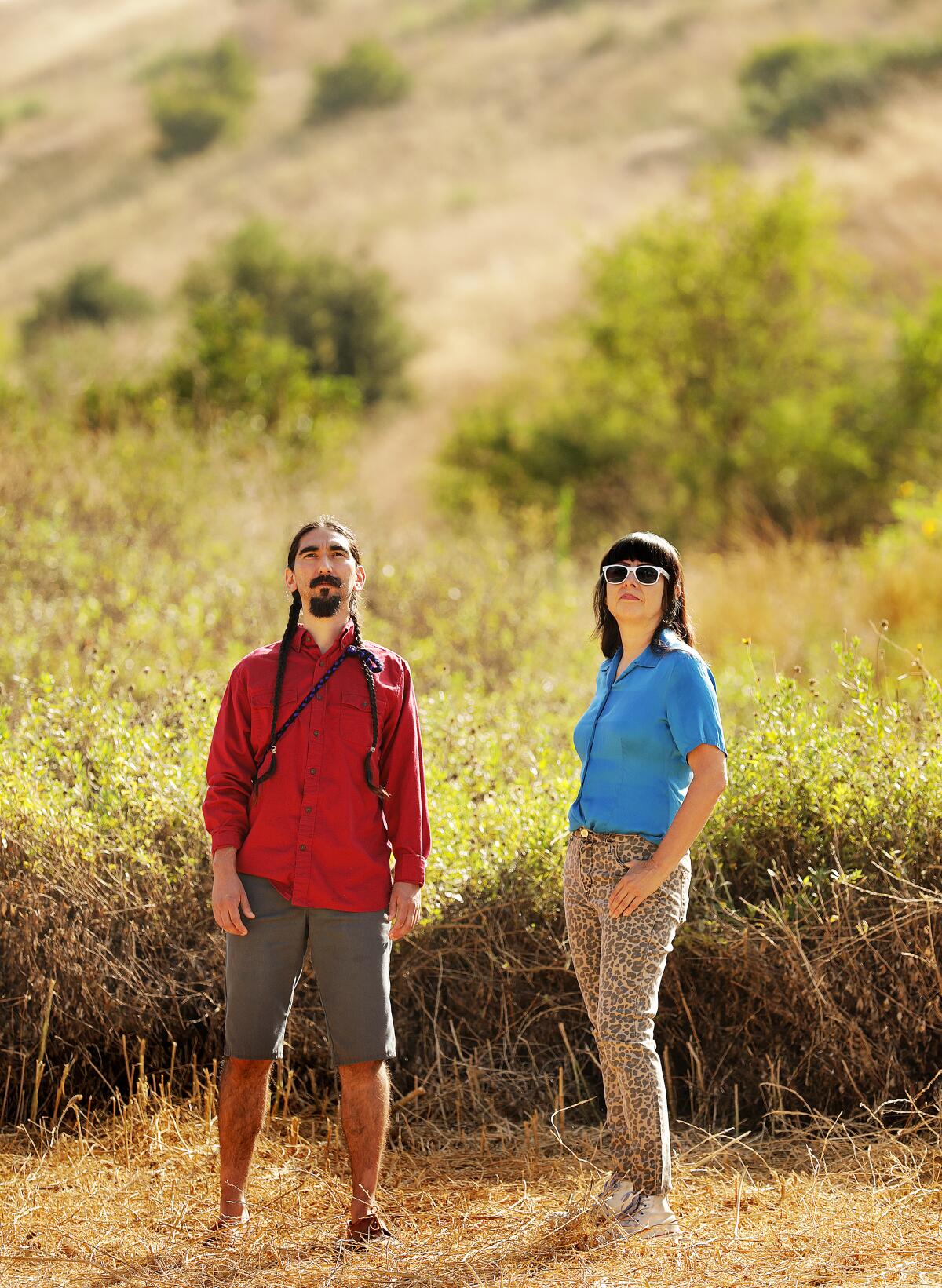
The pandemic is raging, which means so is my Instagram habit for highly adorable dogs. Iâm Carolina A. Miranda, staff writer at the Los Angeles Times, with the weekâs essential art news â and drag queen film analysis.
Monuments rising
There have been a lot of monuments coming down in recent months. I go deep on what may replace them, talking to artists, architects, scholars and historians about how the nature of monuments, the processes by which they are built, and the histories they choose to honor are all in question. As part of that, I speak with Los Angeles artists Arturo Ernesto Romo and Sandra de la Loza, who have been at work on a monument concept inspired by the Sleepy Lagoon killing and trial in 1942 (the precursor to the Zoot Suit Riots of the following year). As De la Loza tells me: âWe are moving away from what a monument traditionally is, which is the pedestal with the military figure that constitutes a singular idea that upholds empire.â
As part of my reporting, many of the folks I interviewed gave me their ideas for events that could be honored with a monument. I gather up various ideas â including my own â that cover labor, migration, a massacre and one very famous Los Angeles tree.
The missing cello
In the early 19th century, the French luthier Auguste SĂŠbastien-Philippe Bernardel crafted a small cello for a royal child. The following century, that instrument ended up in the hands of a budding young musician in L.A. named Christine Walevska, who went on to become a master cellist. In the 1970s, after Walevska had moved on to adult-size instruments, her beloved â and rare â childhood cello was stolen. Decades later, it mysteriously reappeared in the hands of another child prodigy. My colleague Stacy Perman has the incredible tale.
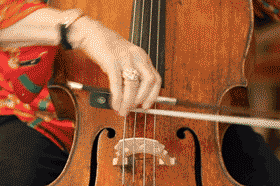
Coronavirus and the arts
The Timesâ Makeda Easter has an extensive report on the challenge of distance learning for students in the arts. âTraining often relies on in-person practice through rehearsals and private instruction,â she writes. âIt requires staging ensemble shows and having access to expensive equipment such as cameras and arts software for projects. For some students, those resources, along with the mentoring from faculty and the building of a network of fellow artists, are the reasons to pursue a college education.â
The story also features some terrific photography by The Timesâ Christina House.
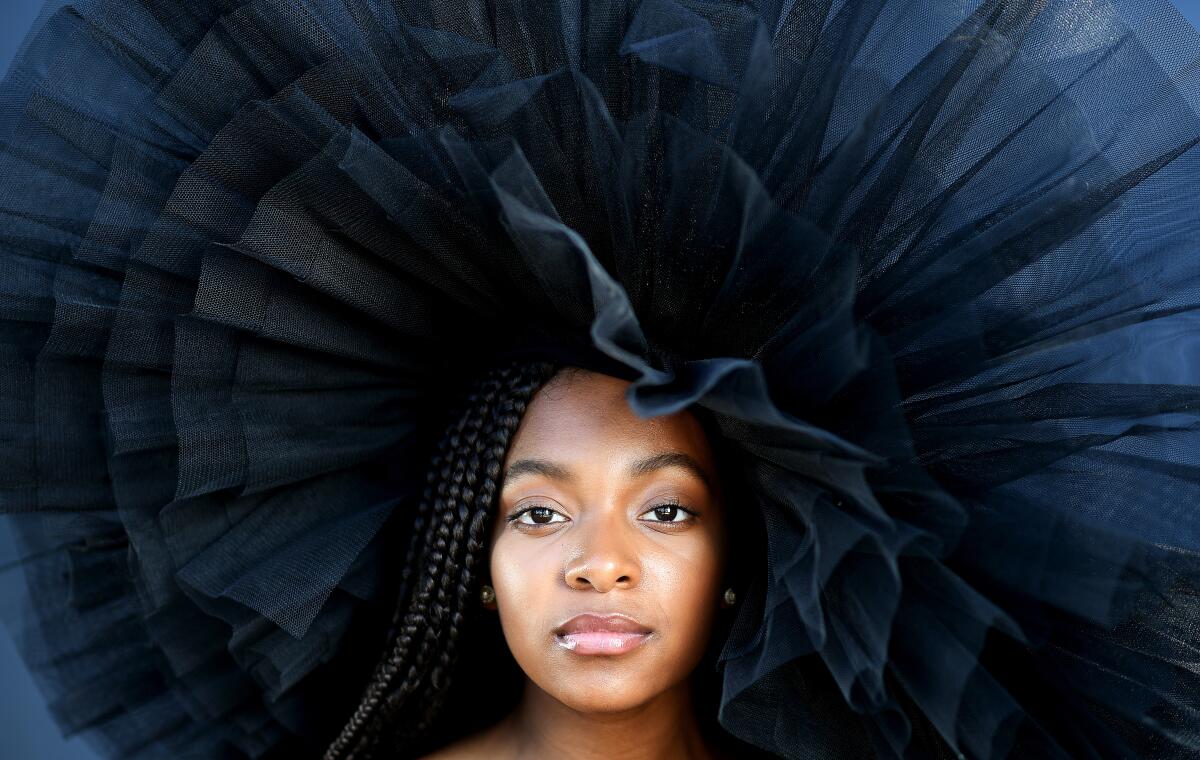
Easter also has a piece about how the Pasadena Playhouse, unable to reopen due to COVID-19, is launching a streaming platform this fall that will feature live and live-captured performances. PlayhouseLive will be available as a standalone website and on Apple TV, Amazon Fire TV and Roku.
Deborah Vankin has a dispatch on a new report by the American Alliance of Museums that states that one in every six U.S. museums faces âsignificant riskâ of closing permanently due to the financial strain of the pandemic. âOf 521 museums that responded to a survey question about operating reserves, only 1 in 3 said it had reserves that would last a year or more,â she writes. âThe majority â 56% â said reserves would last for six months or less.â
Make the most of L.A.
Get our guide to events and happenings in the SoCal arts scene. In your inbox once a week.
You may occasionally receive promotional content from the Los Angeles Times.
Vankin also reports that L.A. Mayor Eric Garcetti is inviting artists to submit designs for public health posters encouraging people to wear masks. Shepard Faireyâs Studio Number One has contributed three designs.
The Los Angeles Master Chorale has called off its 2020-21 season, reports Jessica Gelt, pushing its entire slate of shows to 2021-22. In addition, the organization has issued a new five-year plan that features a pledge to devote at least half of all future programming to work by historically underrepresented groups.
The pandemic has suspended countless productions â among them, âThe List,â a theater series organized by activist collective the Kilroys that focuses on unproduced and underproduced works by female, trans and nonbinary writers. Gelt sat down with three of the affected playwrights to talk about what it means to get their work on stage only to have COVID-19 shut everything down. Roger Q. Mason, author of âLavender Men,â is choosing to see the positive: âWhatâs really exciting about this time is that voices that wouldnât otherwise be heard are now being put center stage.â
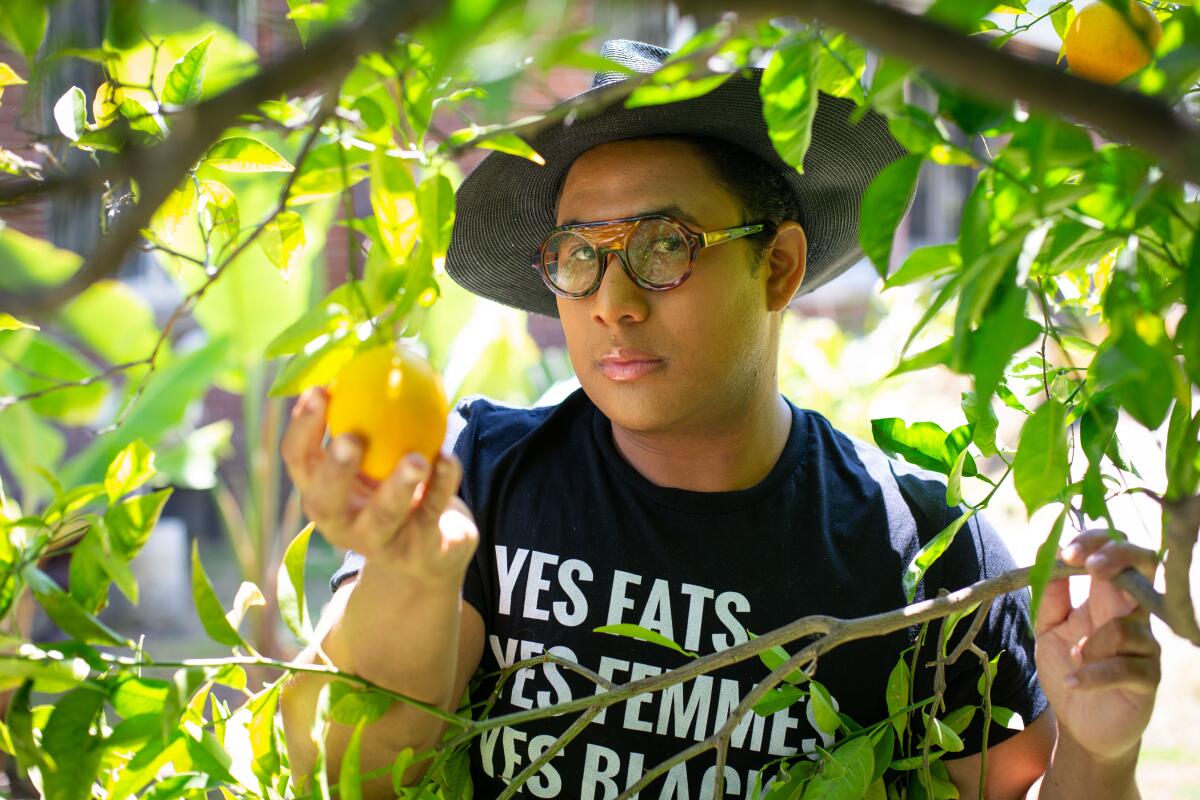
On the stage
Theater critic Charles McNulty has a look ahead to see how the upcoming theater seasons may be shaped by the pandemic and the dialogues about systemic racism sparked by the Black Lives Matter protests. McNulty talks to theater directors around the country to what steps they are taking to face the moment. As Sheldon Epps, former artistic director of the Pasadena Playhouse tells him: âWe have been living with the model of resident theater companies established by people like Gordon Davidson, Zelda Fichandler and Nina Vance for more than 50 years. What we forget is that when those people started, they didnât have a model. They created a model, and I think we have the opportunity to do that now.â
Enjoying this newsletter? Consider subscribing to the Los Angeles Times
Your support helps us deliver the news that matters most. Become a subscriber.
Ashley Lee breaks down the movie credits for âHamilton,â chatting with title designer Chris Rubino about how he honored the original cast and the musicalâs revolution-era aesthetics.
Ai on Alcatraz
Chinese dissident artist Ai Weiwei is the subject of a new documentary, âAi Weiwei: Yours Truly,â directed by Cheryl Haines and Gina Leibrecht. It explores the artistâs 2014 art installation on Alcatraz. Deborah Vankin spoke with the artist on the occasion of the filmâs release, touching on issues of art, political persecution and the pandemic. âI have long experienced âsocial distancing,ââ he tells her, âsince I was born the son of an enemy of the state.â
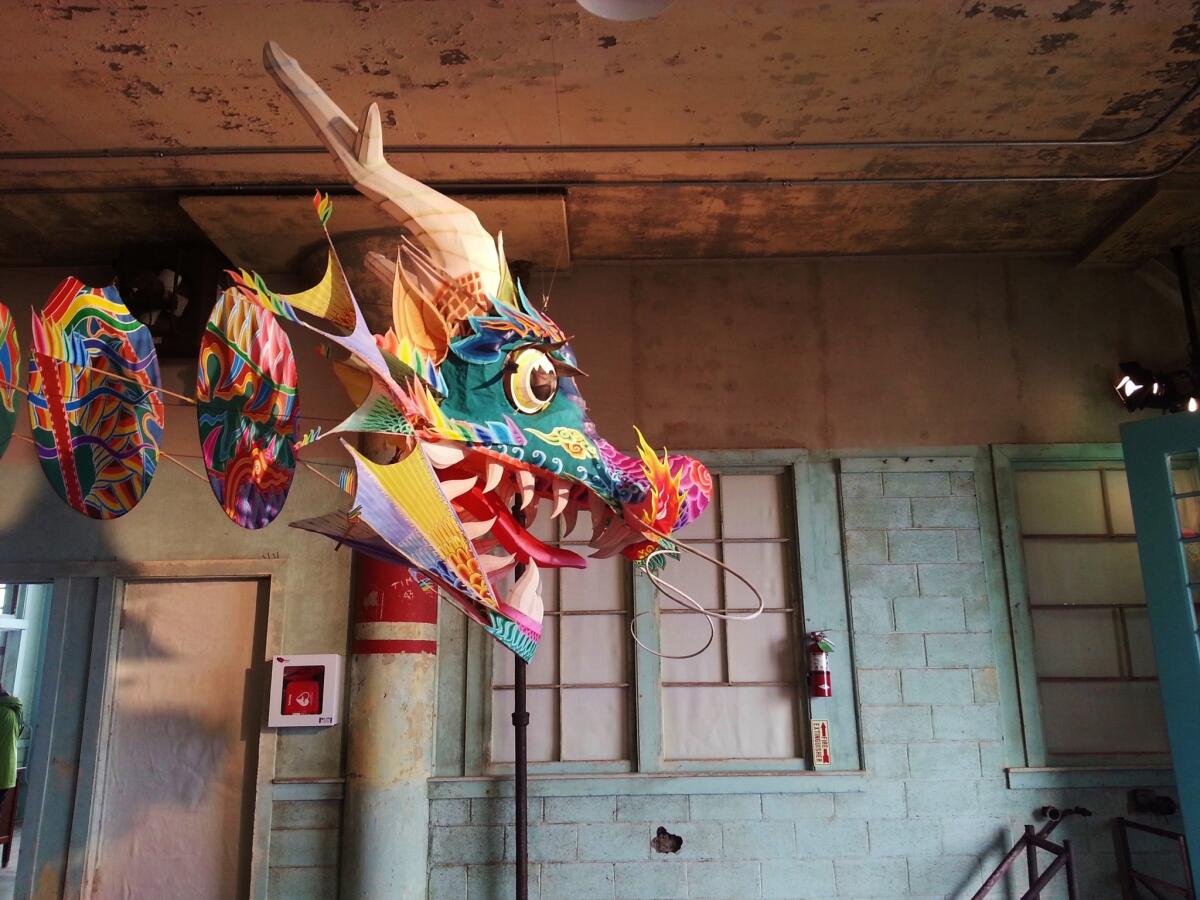
Classical notes
Critic Mark Swed continues his series on deep listening with Bachâs Cantata No. 82 â a work that at its core has a lullaby of âconsoling sweetness.â Swed took to tuning into the cantata right before going to bed, and it became the first thing he listened to when he woke up in the morning. âTo the universal question of what it means to have enough when we live in a world that dangerously and self-destructively is asking for ever more,â writes Swed, âBach is the answer.â
Find Swedâs entire âHow to Listenâ series at this link.
Essential happenings
Vielmetter Los Angeles gallery is celebrating its 20th anniversary with a group show (open by appointment) that features works by artists who are represented by or have been shown in the gallery over the years. Itâs a reunion that brings together work by important L.A. artists, including Edgar Arceneaux, Andrea Bowers, Math Bass, Liz Glynn, Shana Lutker, Kim Dingle, Steve Roden, Ruben Ochoa and the late Laura Aguilar.
Plus, thereâs a must-see backroom installation by Sean Duffy, titled âAlone Now,â that feels just right for our era: an apocalyptic man cave that features all manner of assemblage and hacked-together machinery.
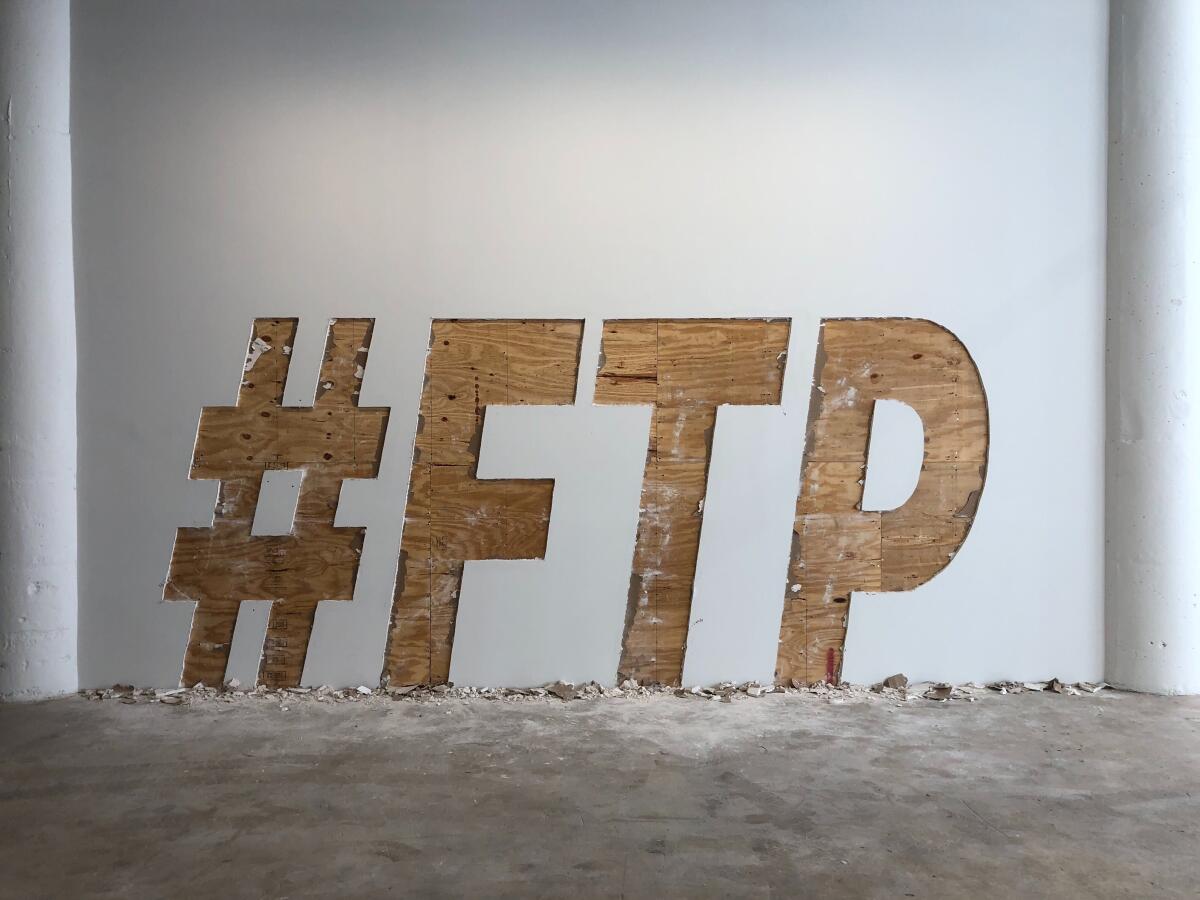
Matt Cooper has the 15 best picks for weekend culture, including a live Zoom reading of 1970s disaster-era flicks (this is definitely up my alley) and a Piano Spheres concert featuring jazz pianist Mike Lang with bassist Michael Valerio, drummer Jim Keltner, and vocalist and percussionist Deborah Pearl.
Passages
Brigid Berlin, the New York socialite who cavorted with the denizens of Andy Warholâs Factory â and was known for her sharp wit and her intense photographic chronicles of the scene â died last week at 80. Berlin never considered herself an artist, but as I write in an appreciation this week, her work âwas prescient of our age of body positivity and of that social media compulsion to record our most trivial encounters.â
In other news
â The Marciano Art Foundation has reached a private settlement with 70 visitor services associates abruptly laid off after announcing a union drive last year.
â In the wake of a curatorâs departure, SFMOMA takes steps to contend with its legacy on race.
â The San Francisco Board of Supervisors has initiated the landmark process for 10 Depression-era murals that could be destroyed as part of expansion plans at UCSF.
â Artist Harry Gamboa Jr.âs pandemic portfolio.
â In Portland, Ore., the phenomenon of the protestor known as the âNaked Athena.â
â Jonathan Jones rounds up some of the finest butts in art history.
â Actor Colman Domingo has launched an award geared at supporting Black male and male-identifying artists. The first winner is playwright and actor York Walker.
â Highly recommend the PBS American Masters doc on Hedy Lamarr, actress, refugee, inventor.
â I also really enjoyed this interview with authors Geoff Manaugh and Nicola Twilley about their upcoming book, âThe Coming Quarantine.â
â Did you miss our Q&A with writer Susan Orlean about her rosĂŠ-fueled Twitter rants from last weekend? Definitely worth reading with some rosĂŠ.
And last but not least ...
Things you didnât know you needed: Drag queens Trixie Mattel and Katya reacting to the Walter Mercado documentary âMucho Mucho Amor.â
The biggest entertainment stories
Get our big stories about Hollywood, film, television, music, arts, culture and more right in your inbox as soon as they publish.
You may occasionally receive promotional content from the Los Angeles Times.




